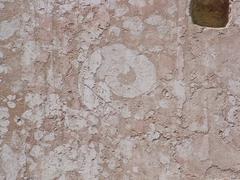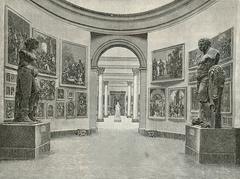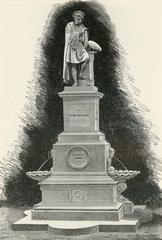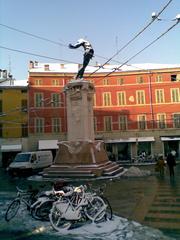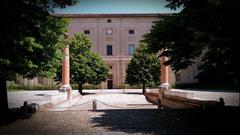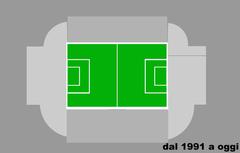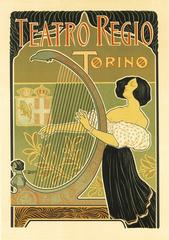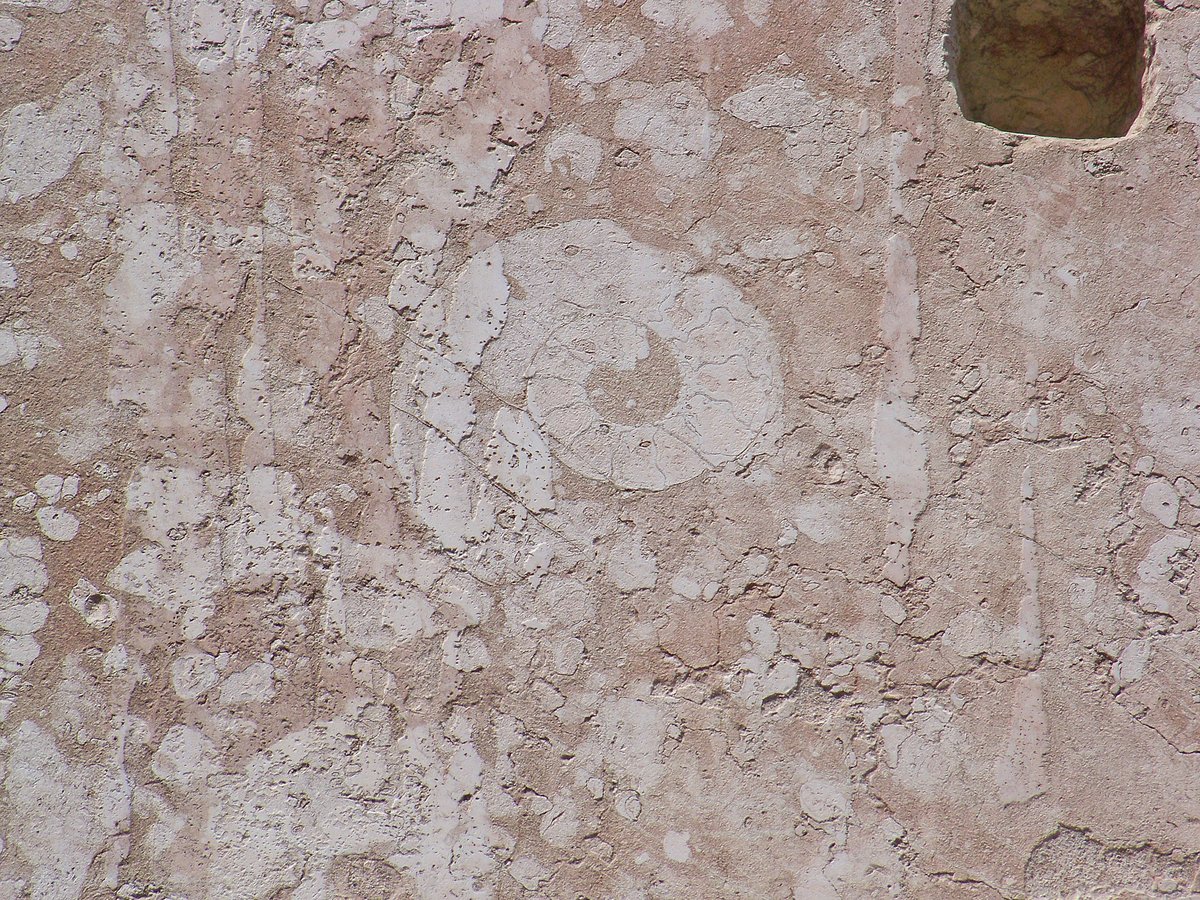
Baptistery of Parma: Complete Guide for Visiting Hours, Tickets, and Historical Insights
Date: 14/06/2025
Introduction: The Baptistery of Parma and Its Significance
Located in the heart of Parma’s historic center, the Baptistery of Parma stands as a remarkable monument of medieval architecture and spirituality. This octagonal masterpiece, constructed from pink Verona marble, symbolizes spiritual rebirth and the blending of Romanesque and Gothic styles. Commissioned in 1196 under the direction of Benedetto Antelami, the Baptistery has served as Parma’s principal site for baptism for over eight centuries and is celebrated for its sculptural decoration, frescoes, and astronomical symbolism. The building’s alignment with celestial events, such as the Feast of the Purification and Easter, enhances its spiritual resonance, connecting earthly rituals with the cosmos.
This guide offers visitors practical information on visiting hours, ticketing, accessibility, and tips for an enriching experience. It also provides a detailed historical and artistic overview, as well as suggestions for exploring nearby treasures such as the Parma Cathedral and Diocesan Museum. For those seeking a deeper understanding or virtual exploration, resources like Google Arts & Culture and official tourism platforms are invaluable.
Table of Contents
- Historical Overview
- Architectural Style & Materials
- Structural Layout & Exterior Features
- Interior Decoration & Artistic Program
- Symbolism & Astronomical Alignments
- Innovations & Legacy
- Conservation & Preservation
- Visiting Information: Hours, Tickets & Accessibility
- Visitor Experience & Practical Tips
- Nearby Attractions
- Frequently Asked Questions (FAQ)
- Conclusion & Call to Action
- Sources
Historical Overview
Origins and Construction
The Baptistery of Parma, or Battistero di Parma, began construction in 1196, led by the renowned Benedetto Antelami. Built adjacent to Parma’s cathedral, it soon became the central location for baptisms and a symbol of the city’s religious and civic ambition (Google Arts & Culture).
Architectural Significance
This monument marks a pivotal transition from the solidity of Romanesque architecture to the verticality of Gothic design (Lonely Planet). Its octagonal plan signifies regeneration and eternity, while the marble cladding and sculpted portals express the city’s wealth and devotion. The three main portals—each with unique biblical and allegorical reliefs—demonstrate the sophisticated iconography of the period.
Architectural Style and Materials
The Baptistery’s octagonal structure exemplifies the evolution from Romanesque to Gothic styles, with four ascending tiers of arcaded galleries and pink Verona marble that catches the sunlight (web.astronomicalheritage.net; visitbeautifulitaly.com). The Zoophorus, a carved frieze encircling the building, includes 75 panels depicting mythical beasts and virtues—a visual catechism for medieval visitors (catisoutoftheoffice.com).
Structural Layout and Exterior Features
The Baptistery’s design features four tiers of open loggias, crowned by eight turrets that draw the eye upward and reinforce the spiritual purpose of the structure (catisoutoftheoffice.com). Each entrance is richly adorned, with Antelami’s sculptural reliefs narrating biblical stories and theological themes.
Interior Decoration and Artistic Program
Inside, the Baptistery is a marvel of color and symbolism. The dome is divided into concentric bands with frescoes of Christ, apostles, prophets, and saints. The lower levels feature representations of the months and zodiac signs, linking the liturgical calendar with cosmic cycles (web.astronomicalheritage.net). The massive octagonal baptismal font, carved from a single marble block, is central both physically and symbolically.
Symbolism and Astronomical Alignments
The Baptistery’s design incorporates astronomical symbolism. Its axis aligns with the sunrise on the Feast of the Purification (February 2), and during Easter, a shaft of sunlight illuminates the Baptism of Jesus fresco (web.astronomicalheritage.net). Zodiac and seasonal motifs reinforce the connection between the church calendar and natural cycles.
Innovations and Legacy
Antelami’s fusion of architecture and sculpture set a precedent for later Gothic cathedrals throughout northern Italy (wanderlog.com). The comprehensive iconographic program, including allegories and cosmological themes, reflects the integration of sacred and secular knowledge in the Middle Ages.
Conservation and Preservation
Major restoration efforts in the late 20th century preserved the Baptistery’s frescoes and marble façade (web.astronomicalheritage.net). Recent digital scanning projects ensure ongoing documentation and accessibility (ISPRS Archives).
Visiting Information: Hours, Tickets & Accessibility
Visiting Hours
- Standard Hours: Daily, 10:00 AM – 6:00 PM (last entry 30 minutes before closing)
- Seasonal Variations: Hours may be reduced in winter or on religious holidays—always check the official tourism website before visiting.
Tickets
- Standard Entry: €12 (includes Diocesan Museum)
- Purchase Location: Tickets are sold at the Diocesan Museum, opposite the Baptistery in Piazza del Duomo (Our Escape Clause). There are no ticket sales at the Baptistery entrance.
- Combined Ticket: Grants entry to both the Baptistery and Diocesan Museum.
Accessibility
- The Baptistery has a few shallow steps at the entrance and uneven flooring inside. There are no ramps or elevators, so accessibility may be limited for visitors with mobility challenges. Contact the site in advance for specific accommodations.
Visitor Experience & Practical Tips
Best Times to Visit
- Early mornings and late afternoons are less crowded and offer the best light for photography.
- June is ideal for comfortable weather (Wanderlog).
Dress Code
- Modest attire covering shoulders and knees is recommended, especially during religious events.
Photography
- Non-flash photography is permitted, but check on-site for specific guidelines.
Guided Tours and Audio Guides
- Guided tours in English and Italian are available and provide in-depth context. Audio guides can be rented for a small fee.
Duration
- Plan 30–45 minutes for your visit, more if you explore the adjacent cathedral and museum.
Nearby Attractions
- Parma Cathedral (Duomo di Parma): Renowned for Correggio’s frescoes.
- Diocesan Museum: Houses religious art and artifacts.
- San Giovanni Evangelista: Features additional Correggio frescoes.
- Teatro Regio di Parma: Famed opera house nearby.
- Palazzo della Pilotta: Home to museums and galleries.
Frequently Asked Questions (FAQ)
Q: What are the Baptistery of Parma visiting hours?
A: Daily, typically 10:00 AM – 6:00 PM. Check for seasonal changes.
Q: Where do I buy tickets?
A: At the Diocesan Museum across Piazza del Duomo (Our Escape Clause).
Q: Is the Baptistery accessible for people with disabilities?
A: Accessibility is limited due to steps and uneven flooring.
Q: Are guided tours available?
A: Yes, in both Italian and English. Audio guides are also available.
Q: Can I take photos inside?
A: Yes, but flash is discouraged.
Conclusion: Embracing the Legacy of the Baptistery of Parma
The Baptistery of Parma represents a harmonious blend of medieval architecture, sculpture, painting, and theology. Its octagonal form, celestial alignments, and rich decorative program offer a unique spiritual and cultural experience. With practical ticketing, combined entry with the Diocesan Museum, and its prime location in Parma’s historic center, the Baptistery is a must-see for anyone interested in Italy’s religious and artistic heritage.
For updated information, ticketing, and digital guides, consult official resources and consider downloading the Audiala app for exclusive content and guided audio tours. Follow us on social media for ongoing updates and travel inspiration.
